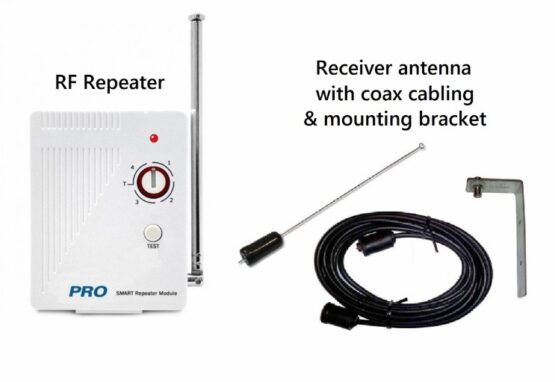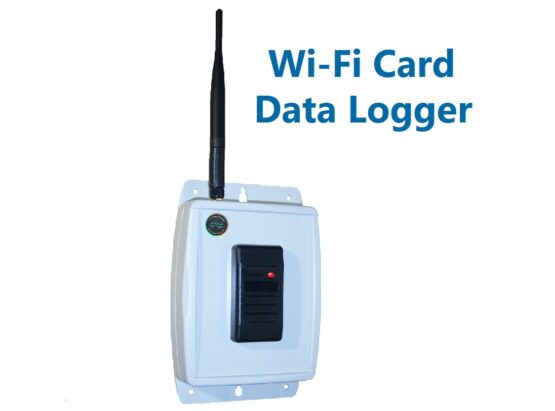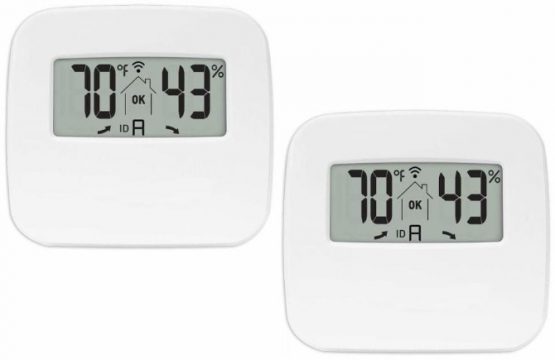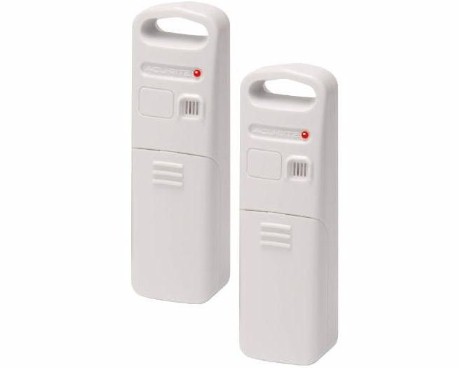Menu
Categories
Wireless Range Extender (X10 – Class 2)
$149.00 – $327.00Enhance the range of your wireless Class 2 (X10) sensors!
Out of stock
Sale

Smart Temperature Relay Switch (STRS)
$299.00 – $399.00Wireless temperature & humidity monitoring with automatic equipment control!
Wireless Temperature / Humidity Sensor, #KD-6044
$48.00Wireless temperature/humidity sensors, set of 2, model #KD-6044
Wireless Temperature / Humidity Sensor, #KD-6002
$42.00Wireless temperature/humidity sensors, set of 2, model #KD-6002
© Powered by Kenneth Delahoussaye Consulting




